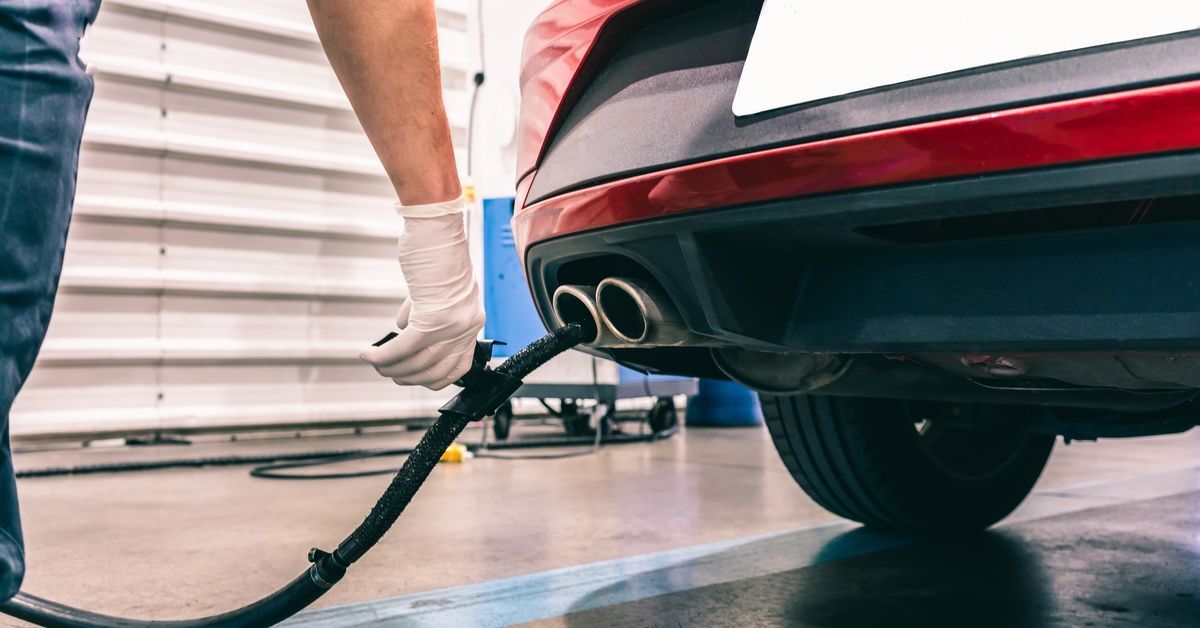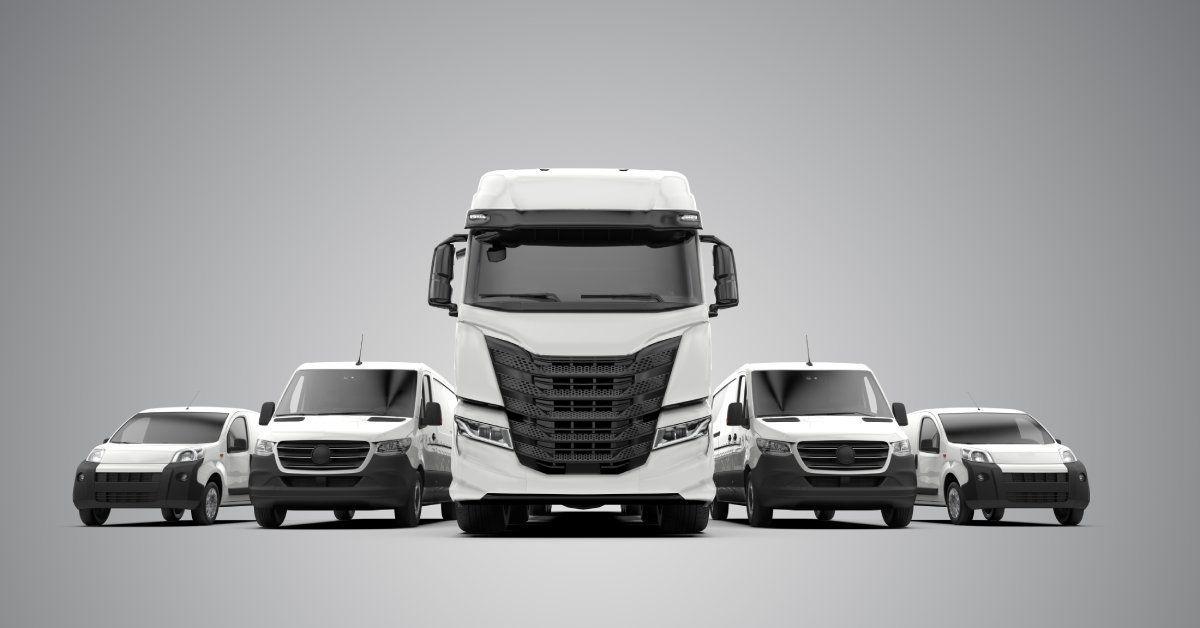Alternative Fuels Data Center - Natural Gas Benefits and Considerations
Natural Gas Benefits and Considerations
Whether produced via conventional or renewable methods, the advantages of natural gas as an alternative fuel include its domestic availability, established distribution network, relatively low cost, and emissions benefits.
Renewable natural gas (RNG) and conventional natural gas, must be compressed (CNG) or liquefied (LNG) for use in vehicles. Like any alternative fuel, there are some considerations to take into account when contemplating the use of natural gas.
Energy Security
In 2018, the United States consumed approximately 20.45 million barrels of petroleum per day, about 11% of which was imported. Because transportation accounts for nearly three-quarters of total U.S. petroleum consumption, using domestic fuels like natural gas can have a direct impact. This not only supports the U.S. economy but helps diversify the U.S. transportation fleet and reduce the impact of international supply disruptions. All of this adds to our nation's energy security.
Vehicle Performance
Natural gas vehicles (NGVs) are similar to gasoline or diesel vehicles with regard to power, acceleration, and cruising speed. The driving range of NGVs is generally less than that of comparable gasoline and diesel vehicles because, with natural gas, less overall energy content can be stored in the same size tank. Extra natural gas storage tanks or the use of LNG can help increase range for larger vehicles.
In heavy-duty vehicles, dual-fuel, compression-ignited engines are slightly more fuel-efficient than spark-ignited dedicated natural gas engines. However, a dual-fuel engine increases the complexity of the fuel-storage system by requiring storage of both types of fuel and the integration of diesel aftertreatment devices.
Lower Emissions
All new vehicles are equipped with effective emission control systems and must meet the same emissions standards, regardless of fuel type. Consequently, tailpipe emissions from natural gas vehicles are comparable to those of gasoline and diesel vehicles equipped with modern emissions controls. According to Argonne National Laboratory’s Greenhouse Gases, Regulated Emissions, and Energy Use in Transportation (GREET) model, light-duty vehicles running on conventional and shale natural gas can reduce life cycle greenhouse gas emissions by 15% (84% if running on RNG). In addition, because CNG fuel systems are completely sealed, the vehicles produce no evaporative emissions.
Natural gas produced via renewable methods offers additional benefits. Renewable natural gas (RNG) is essentially biogas—the gaseous product of the decomposition of organic matter—that has been processed to purity standards. Capturing biogas from landfills and livestock operations reduces emissions by preventing methane release into the atmosphere. Methane is 25 times stronger than carbon dioxide as a greenhouse gas. Additionally, producing biogas through anaerobic digestion reduces odors and produces nutrient-rich liquid fertilizer.
Infrastructure and Vehicle Availability
A variety of new, heavy-duty natural gas vehicles are available from U.S. original equipment manufacturers (OEMs). For availability, see the Alternative Fuel and Advanced Vehicle Search.
Fleets and consumers also have the option of reliably converting existing gasoline or diesel vehicles for natural gas operation using qualified system retrofitters. Qualified system retrofitters can economically, safely, and reliably convert many vehicles for natural gas operation. It is critical that all vehicle and engine conversions meet the emissions and safety regulations and standards instituted by the U.S. Environmental Protection Agency, the National Highway Traffic Safety Administration, the National Fire Protection Agency's NFPA 52 Vehicular Gaseous Fuel Systems Code, CSA Group's CSA/ANSI NGV 6.1 code, and state agencies like the California Air Resources Board.
Although the United States has an extensive natural gas distribution system in place, vehicle fueling infrastructure is limited. For this reason, many fleets choose to install their own natural gas fueling infrastructure, which can be costly, or partner with other fleets to establish shared infrastructure. Partnering on infrastructure this way has many benefits, such as reduced payback period and higher throughput, which often translates to lower fuel costs.




